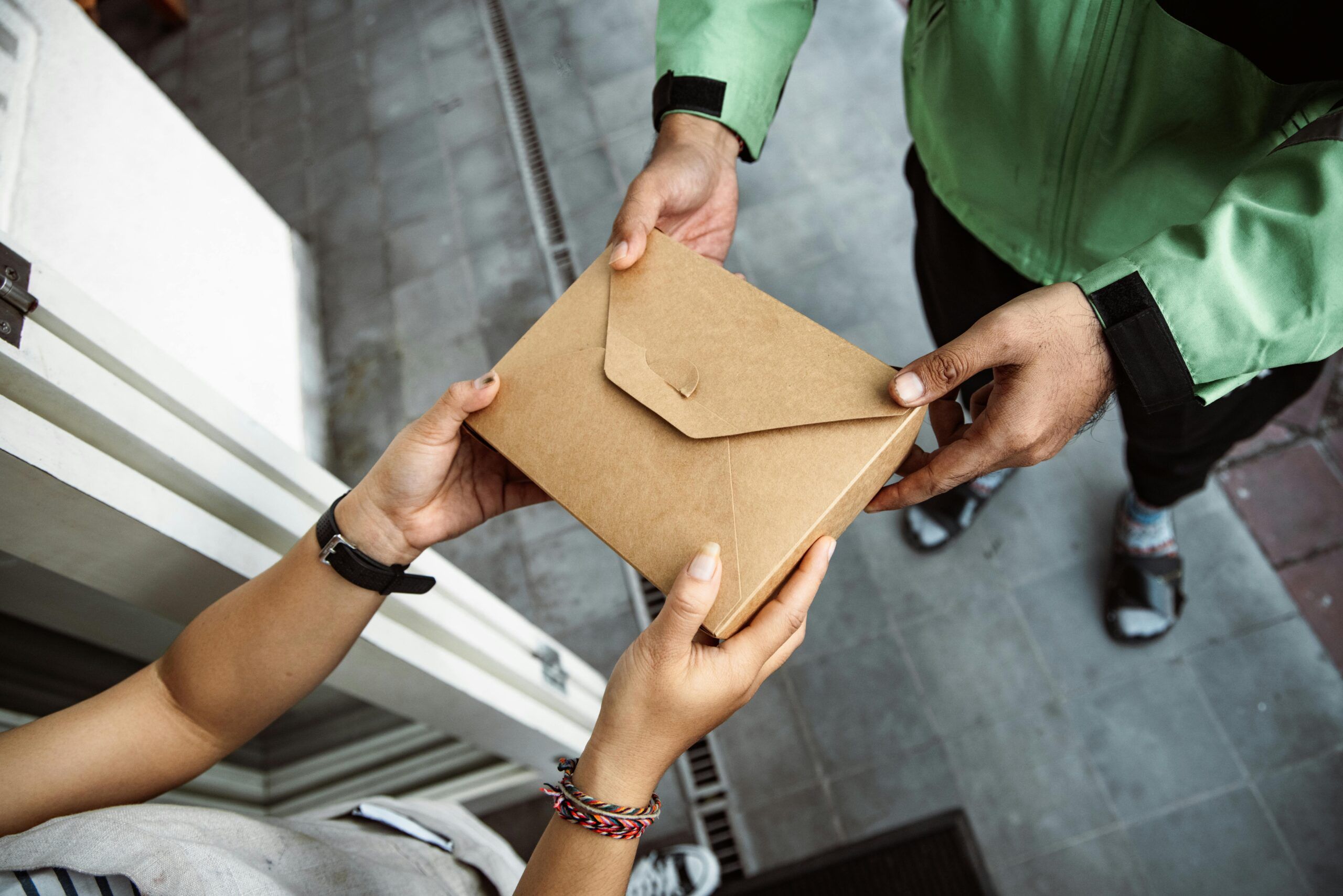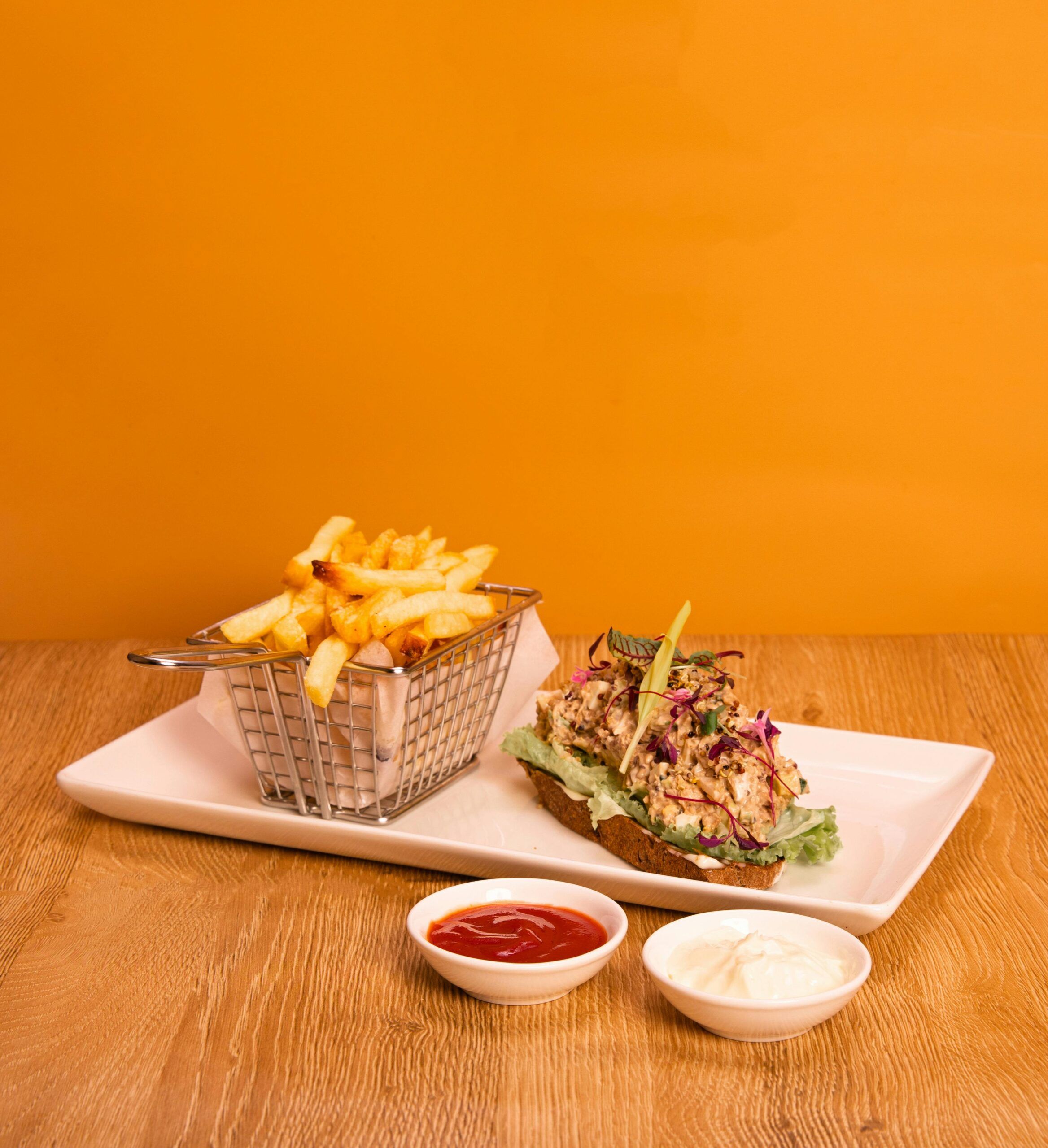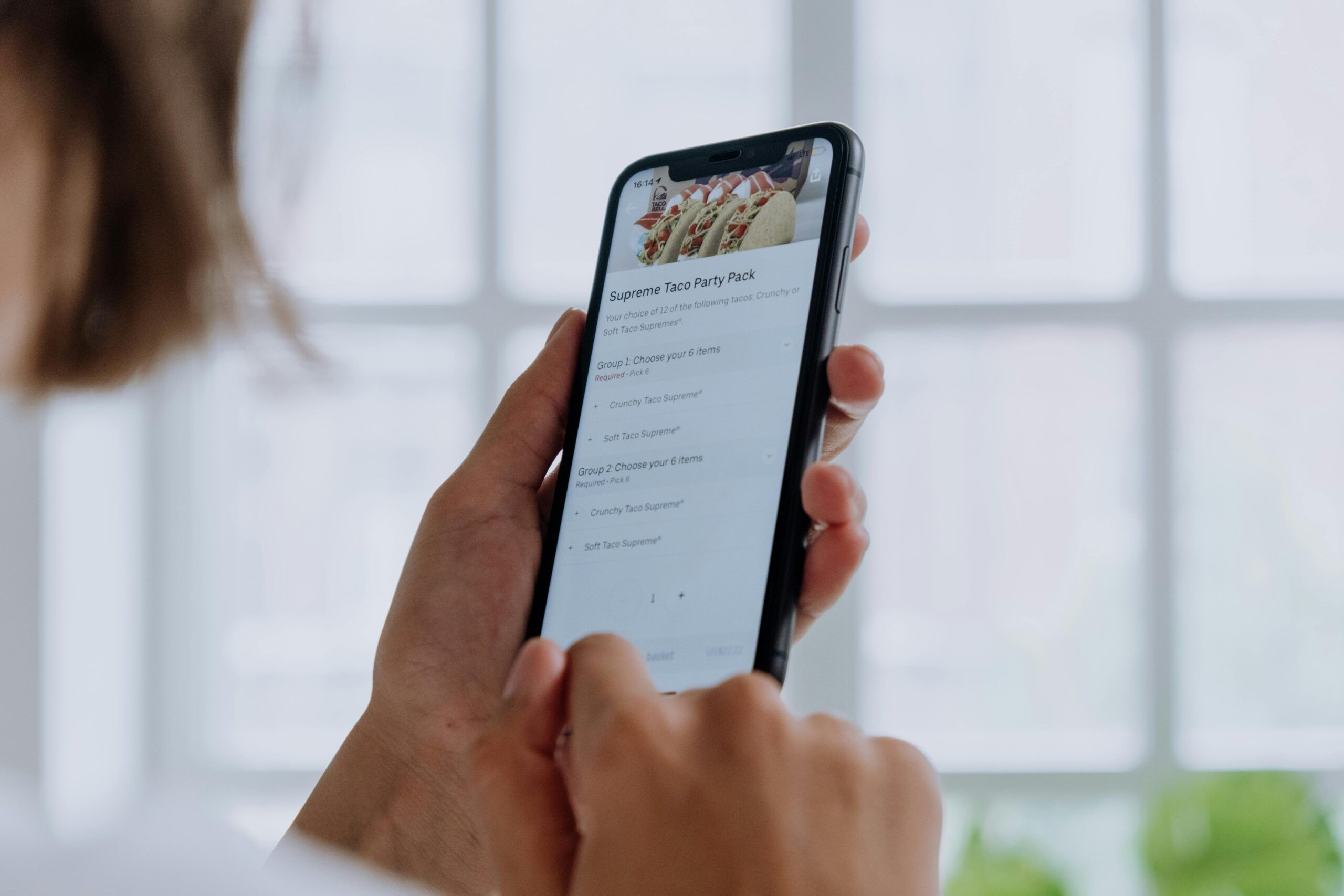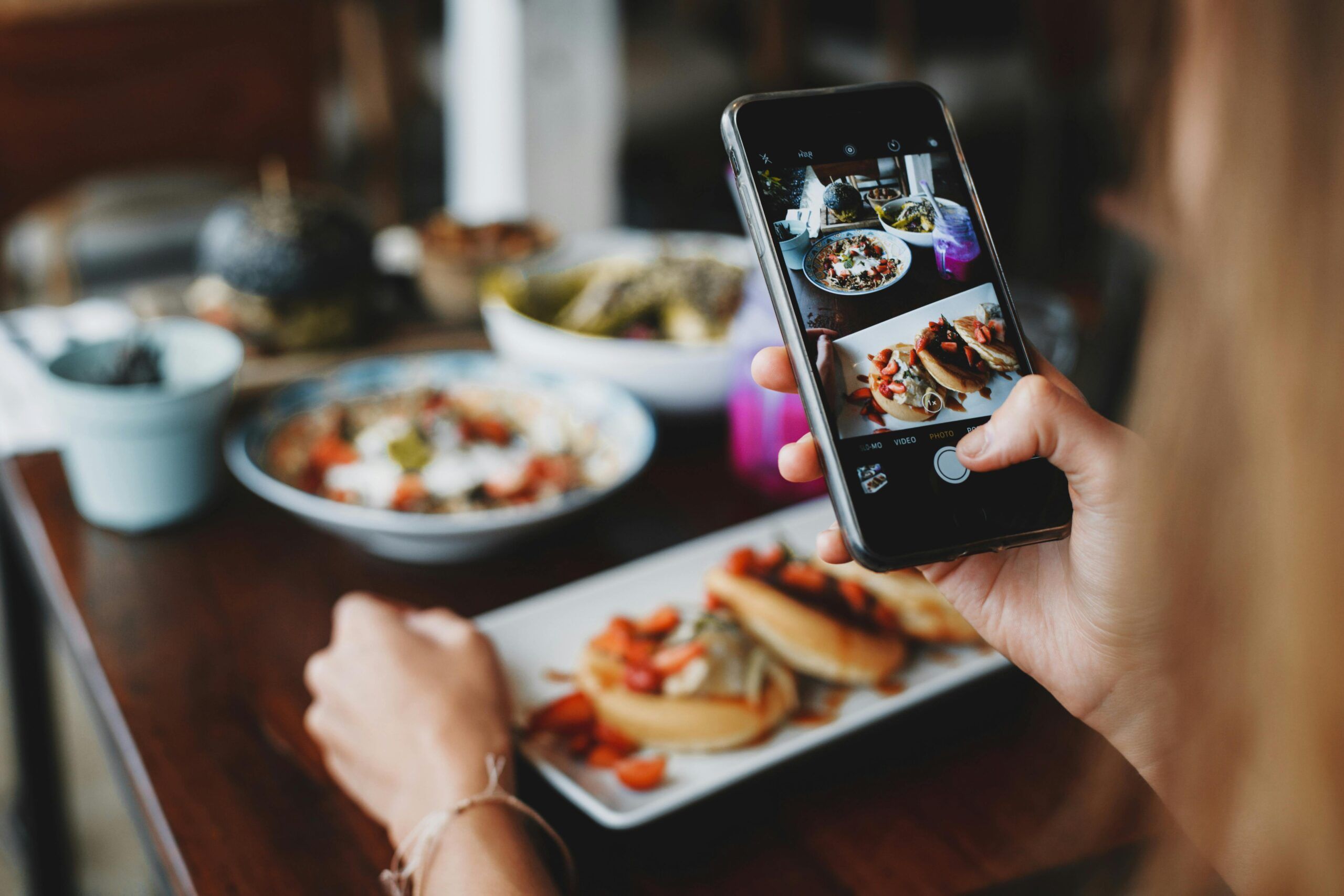- Breaking Down Delivery App Commissions
- What Third-Party Delivery Apps Get Right?
- The Hidden Costs You Didn’t Budget For
- A Better Model: Keep The Sales, Add More Control
- FAQ
If you run a restaurant, you’ve probably signed up with at least one delivery app. They make it easier to get your food in front of more people. And for a while, it might feel like they’re helping your business grow.
But here’s what many restaurant owners find out later: those extra orders come with a price.
Most third-party delivery platforms charge 15% to 30% commission on every order. That can be tough when your profit margin is already tight.
You’re paying for exposure and convenience, but losing a big part of your earnings each time someone orders.
And it adds up fast. According to the findings, a meal that earns you a 15% profit in-house can drop to a 7.6% loss once delivery app fees are added. That’s not just a small hit. It’s a serious dent in your bottom line.
We’re not saying delivery apps don’t have value—they do. But it’s important to understand what those commissions really mean for your profit.
In this article, we’ll break down how delivery app commissions work, how they impact your business, and what you can do to stay in control of your sales and revenue.
You’ll also see how restaurants are using Orders.co to handle online orders on their own terms, with no commission fees and direct customer relationships.
Key Takeaways
- Delivery app commissions typically range from 15% to 30% per order.
- Restaurants also face added fees like marketing, processing, and packaging costs.
- Third-party apps offer convenience and exposure, but reduce profit margins.
- Using a direct ordering site helps restaurants keep more revenue and customer data.
- Smart strategies like price adjustments and simplified delivery menus can protect margins.
- Combining delivery apps with direct channels offers the best long-term balance.
Want to see how much you could be keeping? Try our free Revenue Recovery Calculator.
Breaking Down Delivery App Commissions
Most restaurant owners know they’re paying a fee to third-party delivery apps, but not everyone realizes how much those fees can eat into each order.
Let’s look at the numbers.
Most delivery platforms take a commission of 15% to 30% per order. That percentage is taken before you subtract the cost of ingredients, labor, packaging, and other overhead. In many cases, you’re left with very little profit, or none at all.
These are the common types of fees restaurants are asked to pay:
1. Commission Fees
This is the main charge. Apps like DoorDash, Grubhub, and Uber Eats charge different rates depending on your service level. Some offer lower commission plans with limited visibility, while higher rates (closer to 30%) give you access to better placement and promotions.
2. Service and Processing Fees
Many platforms tack on an extra 2% to 4% to cover credit card processing and support. This is on top of the main commission.
3. Marketing Costs
Want your restaurant to show up first in search results? That usually comes at a price. Promotional placements can cost anywhere from $50 to $500 per month, depending on the platform.
4. Delivery Fees
Most delivery costs are passed to the customer, but some platforms may charge restaurants as well, especially when their own drivers are used.
So when people ask, how much do food delivery services charge restaurants?, the answer depends on your setup—but in many cases, the total cost is far higher than just the listed commission.
Also, read:
- A Comprehensive Guide To Streamlining Online Ordering System
- The Ultimate Guide To Using Analytics For Restaurants To Optimize Online Ordering
- 6 Restaurant Online Ordering Best Practices: Strategies For Maximizing Efficiency And Profit
- 11 Advantages Of Online Food Ordering System For Your Restaurant
What Third-Party Delivery Apps Get Right?
Third-party delivery apps like DoorDash, Uber Eats, and Grubhub have become integral to the modern restaurant landscape. While they come with costs, they also offer tangible benefits that can support restaurant growth and customer reach.
Source: Businessofapps
1. Expanded Customer Reach
These platforms connect restaurants with a vast user base actively seeking meal options. Being listed can introduce your establishment to customers who might not have discovered it otherwise.
2. Simplified Delivery Logistics
Managing an in-house delivery system involves hiring drivers, coordinating deliveries, and handling customer service. Third-party apps streamline this by offering:
- Access to a network of delivery drivers
- Integrated payment processing
- Customer support services
This infrastructure allows restaurants to offer delivery services without the overhead of managing logistics themselves.
3. Marketing and Promotional Tools
These platforms often provide marketing features such as:
- Sponsored listings
- Promotional deals
- Loyalty programs
Such tools can enhance visibility and attract new customers, especially during off-peak hours.
4. Data and Insights
Some delivery apps offer analytics dashboards that provide insights into customer behavior, order trends, and performance metrics. This data can inform menu adjustments, pricing strategies, and marketing efforts.
Top Food Delivery Apps
| App | Description |
| Uber Eats | Operates in six continents, making it one of the most accessible delivery platforms worldwide. |
| Just Eat | Dominates the UK food delivery market and is also active across Europe and Australia. |
| DoorDash | The leading food delivery service in the U.S., known for introducing the platform-to-consumer delivery model. |
| Deliveroo | Originated in the UK and was among the first to use the platform-to-consumer approach; now available in 13 countries. |
| Grubhub | One of the earliest delivery aggregators in the U.S., with a strong presence in New York City. |
| Postmates | Acquired by Uber Eats in 2019, still handles roughly five percent of U.S. food deliveries. |
| Takeaway.com | A key player in the European market, especially in Germany, the Netherlands, and Belgium. |
| Delivery Hero | Controls delivery services in over 40 countries through a network of regional subsidiaries. |
| Ele.me | Backed by Alibaba, this is the second-largest food delivery service in China. |
| Meituan | The top food delivery app in China by revenue and volume, with more than 600 million users. |
| Rappi | A major delivery service in Latin America, operating across nine countries. |
| iFood | Brazil’s leading delivery app, processing over 70% of the country’s food orders. |
| Zomato | India’s most well-known local delivery service; took over Uber Eats’ India operations in 2020. |
The Hidden Costs You Didn’t Budget For
Delivery app commissions are only part of the story. There are other costs that can chip away at your profit—costs that aren’t always obvious when you first sign up.
- Time and Labor: Handling third-party orders isn’t just about food prep. It often means juggling multiple tablets, confirming orders manually, dealing with missing items, or fielding customer complaints that come through the app. This can pull staff away from dine-in guests or in-house operations.
- Packaging: Delivery requires sturdier packaging to maintain food quality during transit. These costs add up fast, especially if you’re using branded or eco-friendly materials.
- Order Mistakes: When orders come in from multiple apps with different systems, mistakes happen. Wrong items, duplicate tickets, or missed modifiers can result in refunds, bad reviews, or wasted food.
- Customer Support: Even when a delivery issue is out of your hands, your restaurant often takes the hit. If an order is late or arrives cold, the customer doesn’t blame the app—they blame you.
These hidden costs don’t show up on your monthly delivery report, but they directly affect your daily operations. They also reduce the overall value of each order, even before delivery app commissions are applied.
This is why more restaurants are starting to ask whether food delivery apps are profitable.
The answer depends on how much of the order you actually keep after all these extra expenses.
A Better Model: Keep The Sales, Add More Control
Third-party delivery apps bring value, especially when it comes to visibility and convenience. But when every online order goes through those platforms, the delivery app commissions start to add up.
That’s why many restaurants are now pairing delivery apps with their own direct ordering website. This isn’t about replacing the platforms—it’s about giving your customers another way to order that keeps more revenue in your hands.
Here’s what that looks like:
- More Flexibility on Pricing and Promotions: With direct ordering, you set your prices and decide which deals to offer. This gives you room to adjust based on customer feedback, seasonal specials, or your business goals, without having to go through a platform.
- More Customer Interaction: When customers order directly, you receive their information (with consent). This allows you to follow up with a thank-you message, send an offer, or invite them back. Apps don’t always give you that connection.
- A Backup Option for Regulars: Some customers prefer to order through apps. Others are happy to order directly, especially if it means supporting your business. Giving them that choice can go a long way.
- Fewer Operational Gaps: When orders come in through multiple apps, they land on different tablets and systems. That’s manageable, but having everything in one place can make things easier for your team. A direct order system can help fill that gap.
Orders.co works alongside your current delivery setup. It helps you offer direct online ordering without creating extra work. No commissions, no additional devices, and no guesswork.
How Orders.co Helps You Reclaim Profitability
Running a restaurant today often means juggling multiple delivery platforms, each with their own systems and fees. Orders.co helps you keep more of your revenue, whether orders come through your direct website or a third-party app.
Here’s how:
- No Commission Fees on Direct Orders: Create a branded ordering site tailored to your existing menu. It works on desktop and mobile, with easy updates and no setup headaches. That means you keep the full sale—an immediate improvement to your margins.
- All Orders, One Dashboard: Orders.co’s restaurants online orders management system connects with major platforms like Uber Eats, DoorDash, and Grubhub. You can see and manage every order, direct or third-party, from a single device. This saves time and avoids order mix-ups.
- Real-Time Menu Management: Change your prices, update availability, or pause items across all connected platforms in one place. No need to repeat updates in each app.
- Marketing Tools to Keep Customers Coming Back: Use built-in AI marketing tools for SMS campaigns, email offers, and loyalty rewards. And because you own the customer data from direct orders, you can follow up in ways third-party platforms don’t allow.
- Dispute Management for Third-Party Orders: Here’s a tool most restaurants don’t even realize they need—until they do. With Orders.co’s Dispute Management Assistant, you can:
✅ Recover lost revenue from inaccurate charges or chargebacks
✅ Get real-time alerts when a new issue is filed
✅ Submit disputes quickly, using smart, pre-filled data from your orders
✅ Track every case, so you know what’s pending, resolved, or rejected
Orders.co’s AI-based assistant handles much of this for you—saving time and increasing your success rate. In fact, some restaurants have reported a 90% dispute win rate, and up to 260% more chargebacks recovered.
- 24/7 Support from a Dedicated Team: Whether it’s setup, menu help, or a dispute question, real support is always available. No ticket queues. No bots.
Ready to improve your margins and reduce your losses?
Book a demo now and see what Orders.co can do.
FAQ
1. Can I negotiate delivery app commissions?
Yes, in some cases. While delivery platforms have standard commission rates, high-volume restaurants or multi-location operators may be able to negotiate better terms. It’s worth reaching out to your account representative to discuss your performance and request a custom offer.
2. What are some hidden restaurant delivery app fees I should watch for?
Aside from the standard delivery commission, watch for service fees (often 2–4%), marketing charges for premium placement, and potential delivery-related costs. Some platforms may also charge penalties or deduct amounts for refunds, cancellations, or late deliveries.
3. Who pays more for food delivery—the customer or the restaurant?
Both. Customers typically pay higher menu prices and service or delivery fees. Restaurants, on the other hand, absorb delivery app commissions and additional operational costs. In the end, both parties are paying more for the convenience.
4. If I already offer delivery, why offer food delivery through my own website too?
Having your own online ordering site gives you control over pricing, customer relationships, and marketing. You keep more revenue and build loyalty—without relying entirely on external platforms. It’s not about replacing delivery apps, but diversifying your channels for long-term sustainability.
5. How do I compare delivery commission structures between platforms?
Start by reviewing each provider’s breakdown: look at base delivery app commissions, added service fees, marketing costs, and customer charges. Track your own order volume and revenue per channel. This will help you understand which platforms are truly profitable—and which are costing you more than they should.



